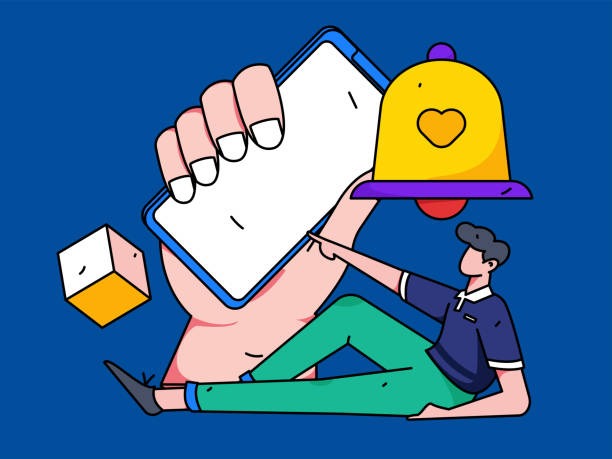Notifications have evolved to become much more than just simple alerts. In today’s hyper-connected digital world, these notifications are meant to trigger emotions and convince customers to take action.
A simple notification might look like a regular reminder from a health app or a flash sale alert from an e-commerce platform. Still, all these are carefully created to elicit engagement. On average, smartphone users receive 45-65 push notifications daily, including the muted ones. Read on for a look at the psychology behind how these notifications work.
The Core Engagement Strategy
Modern-day mobile apps rely heavily on behavioral psychology, data analytics, and machine learning to decide what an optimized alert might look like.
The concept of variable rewards is the most effective strategy to boost engagement on all these apps via notifications. Variable rewards are a kind of unpredictable positive reinforcement where the user isn’t sure of the outcome they will get from their actions.
Apps like Instagram or TikTok use this concept through their likes, For You pages, and notifications on trending posts. Gambling platforms rely heavily on this concept to ensure their user retention rate increases. In these platforms, the unpredictability is the appeal.
Punters don’t return just for a guaranteed win; they return for the thrill of discovering exciting markets and games to bet on, which are often presented to them via notifications.
Personalization and Timing: Maximizing Impact
Today, all apps compete to be the most compelling notification in each user’s notification bar. Generic notifications have no chance of seeing success, particularly when some platforms spend a considerable amount of time understanding their target consumer’s psychology and personalizing each notification they send.
A reasonable notification needs to fit into several categories:
- Time of day and user behavior during that period.
- Historical mobile usage pattern.
- Location and activity of the user.
- In-app behavior and notification preferences.
Studying these key factors, most apps have now made their predictive models, which work to identify the “high receptivity windows”. In context, a person who goes out for a walk in the morning is more likely to engage with a morning exercise routine notification at 6 a.m., rather than a generic midnight “Come back!” notification.
Platforms that offer digital incentives and rely on customers engaging with these incentives also use this model heavily. A notification on the weekend on how to find the best casino bonuses helps a user decide to log in and wager some funds while sitting on their couch at home. If that notification had instead been sent when the user was at work, the chance of its success would’ve been much, much lower.
Bottom line, it’s all about sending the right offer, at the right time, and to the right user.
Anatomy of a High-Performing Notification
A well-designed notification should have the following characteristics:
- Relevance: The message of each notification should be relevant to the customer’s intent or recent behaviors.
- Timing: The notification should be sent when the user is more likely to open it and take action.
- Value: The notification should provide value to the customers, and not just be a generic or spammy block of text to lure the customers.
- Tone: Notifications are not supposed to sound salesy. They should instil FOMO in the minds of the readers.
Notifications need to be informative and persuasive. The mix of these two factors can significantly impact the open rate of each notification. However, the frequency of the notifications also plays a significant role in its success. Overusing or misusing notifications can cause notification or alert fatigue.
Notification fatigue can cause a business to lose valuable customers. It can lead the users to mute the notification for that specific app, or at worst, uninstall the app completely.
Users are now slowly demanding more control over what content they see on their phones. Spammy or irrelevant notifications can also severely damage user’s perception of the app. To combat this problem, apps like Headspace or Calm allow users to customize the notifications and frequency.
It is crucial that each notification matches the user’s intent, and companies should focus on quality, not quantity.
Conclusion
The usage of notifications as a marketing tool and the psychological techniques behind it will only improve in the future. Companies now use several mixes of notifications, including in-app, email, and SMS. With the advancements in AI, new and more sophisticated techniques can be expected when sending messages.
Brands like Duolingo or LinkedIn are already using innovative techniques and getting excellent results by utilizing notifications to drive user engagement. They use their context-aware systems and only send messages about what they know their users care about.



